Dynamic Seating for People with Cerebral Palsy
Michelle L. Lange, OTR/L, ATP/SMS
Updated 2/7/2024
Dynamic Seating is movement which occurs within the seat and/or wheelchair frame in response to force from the client. Dynamic components absorb force which, in turn, assists the client back to a starting position. Dynamic Seating is frequently used to prevent equipment breakage, prevent client injury, diffuse extensor tone, and provide movement. For people with cerebral palsy who use a wheelchair, Dynamic Seating is a great option for many reasons.
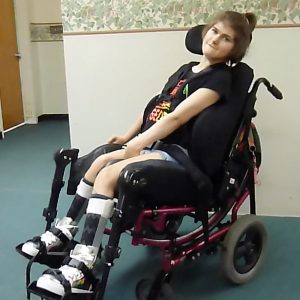
Amber has Cerebral Palsy and benefits greatly from Dynamic Seating.
People with cerebral palsy often have increased muscle tone and uncontrolled movement patterns. This particular type of muscle tone tends to increase when encountering a static, unyielding surface – such as a wheelchair back or footrest which doesn’t move. Dynamic Seating moves in response to the forces which extensor tone creates; moving and diffusing this increased muscle tone. It is well known that spasticity increases in response to resistance (Bar-On, et al., 2018).
Tone reduction through Dynamic Seating has some key benefits:
- Decreased pain / increased comfort. This is the number one client and caregiver goal for wheelchair seating (Lyons, et al., 2017).
- Decreased energy consumption. This force diffusion literally reduces calorie consumption. I have worked with clients who gained much-needed weight after receiving Dynamic Seating (Cimolin, et al., 2009).
- Decreased client injury. When extreme forces are not diffused, the forces are experienced primarily in the joints. This can lead to pain and even injury. People with cerebral palsy tend to develop conditions such as arthritis at younger ages than the general population (Whitney, et al., 2018) – arthritis can develop when a joint is submitted to stress.
- Decreased equipment breakage. These extreme forces are not just hard on the body, but also on equipment. Many people with cerebral palsy routinely move seating components out of alignment (i.e. a head support) or actually break items on the wheelchair frame. Diffusing these forces can protect the equipment from further breakage (Hahn, 2009).
- Increased client function. During extension, most of the client’s movements are dominated by this ‘pattern of movement.’ By diffusing these forces, the client has the opportunity to move outside of these patterns, providing more functional isolated movements (Adlam, 2015).
Amber loves her Dynamic Seating!
The movement provided by Dynamic Seating responds not only to extensor forces, but also to uncontrolled movement. When the client exhibits sudden, large movements, the Dynamic components will respond, absorbing the force of these movements and, again, protecting both the client and the frame. Movement, in addition to reducing muscle tone, provides active range of motion at the joints which also increases comfort.
If you have cerebral palsy or are a caregiver or provider for someone with this diagnosis, consider the benefits Dynamic Seating could offer as a part of the wheelchair solution. If you have any questions, please ask in the Comments section below!
References:
-
Adlam, T., Johnson, E., Wisbeach, A. and Orpwood, R. (2015). Look at me! A functional approach to dynamic seating for children with dystonia. Developmental Medicine & Child Neurology. Vol 57, pg 27.
Bar-On, L., Desloovere, K., & Harlaar, J. (2018). Spasticity Assessment in Cerebral Palsy. In Cerebral Palsy (pp. 1-16). Springer.
Cimolin, V., Piccinini, L., Avellis, M., Cazzaniga, A., Turconi, A. C., Crivellini, M., & Galli, M. (2009). 3D-Quantitative evaluation of a rigid seating system and dynamic seating system using 3D movement analysis in individuals with dystonic tetraparesis. Disability and Rehabilitation: Assistive Technology, 4(6), 422-428.
Hahn, M. E., Simkins, S. L., Gardner, J. K., & Kaushik, G. (2009). A dynamic seating system for children with cerebral palsy. Journal of Musculoskeletal Research, 12(01), 21-30.
Elizabeth A. Lyons, Diana E. Jones, Veronica M. Swallow, Colin Chandler. (2017) An Exploration of Comfort and Discomfort Amongst Children and Young People with Intellectual Disabilities Who Depend on Postural Management Equipment. Journal of Applied Research in Intellectual Disabilities 30:4, pages 727-742.
Whitney, D. G., Hurvitz, E. A., Ryan, J. M., Devlin, M. J., Caird, M. S., French, Z. P., … & Peterson, M. D. (2018). Noncommunicable disease and multimorbidity in young adults with cerebral palsy. Clinical epidemiology, 10, 511.

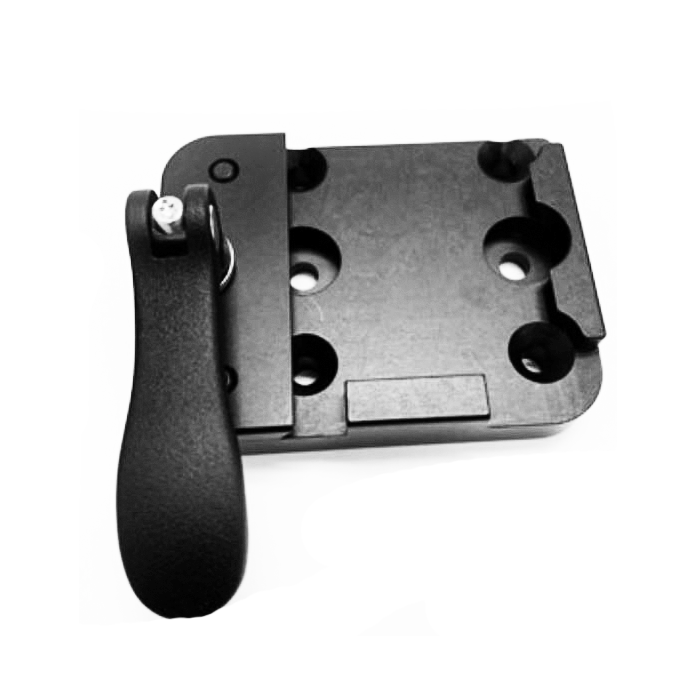
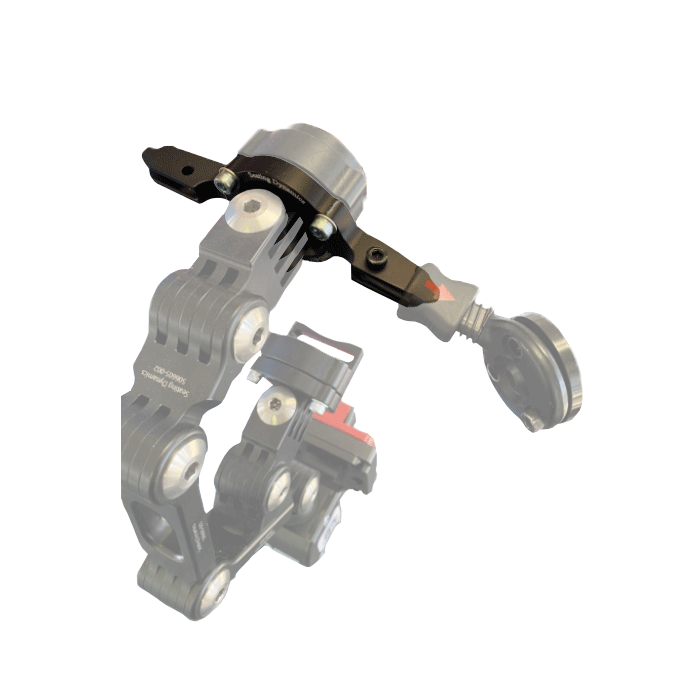
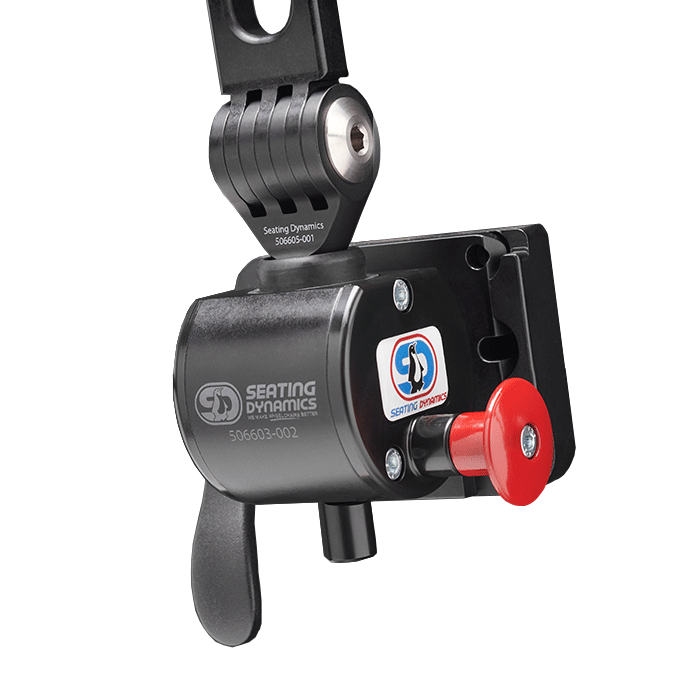
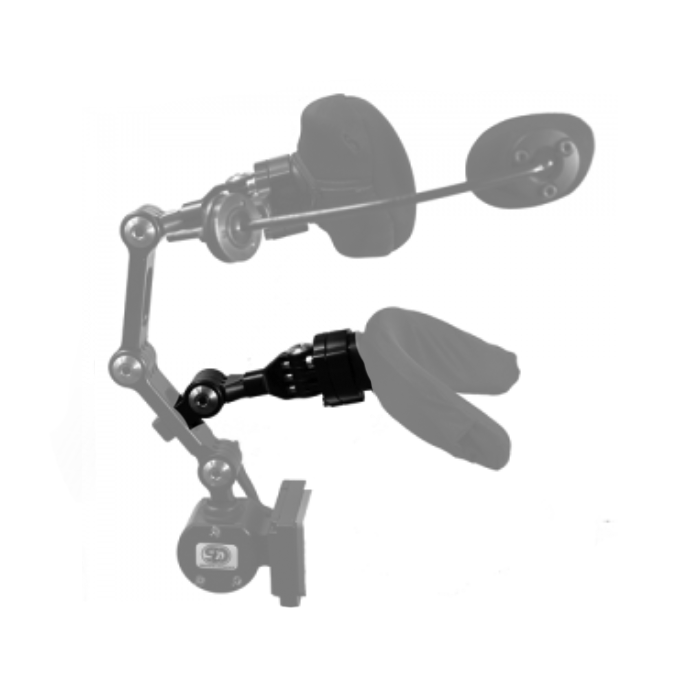
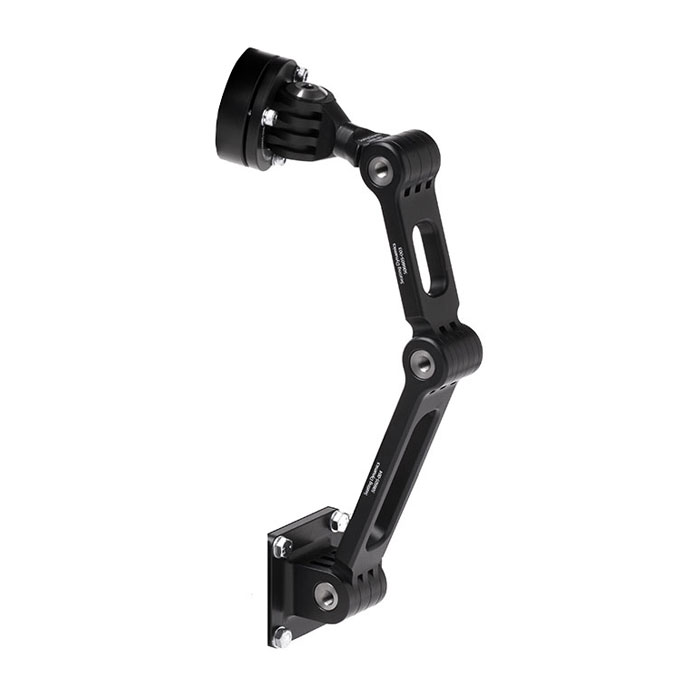
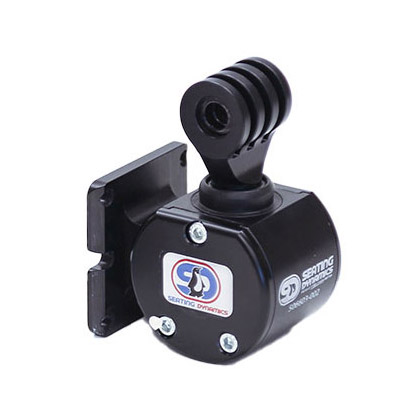
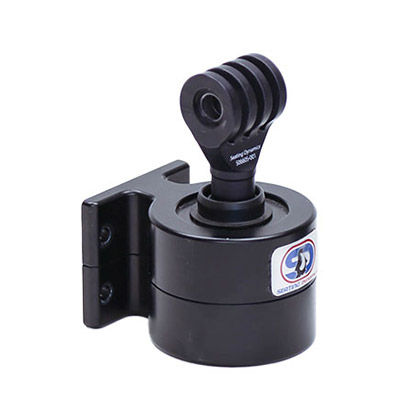
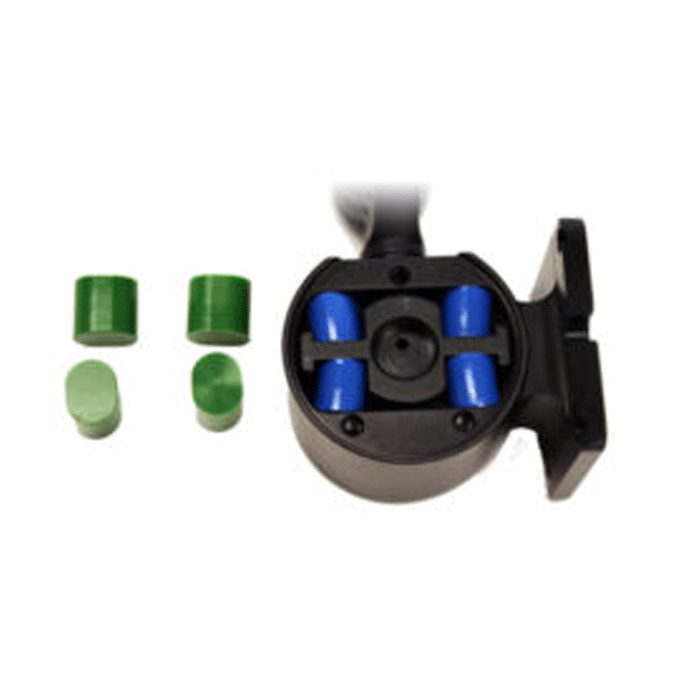
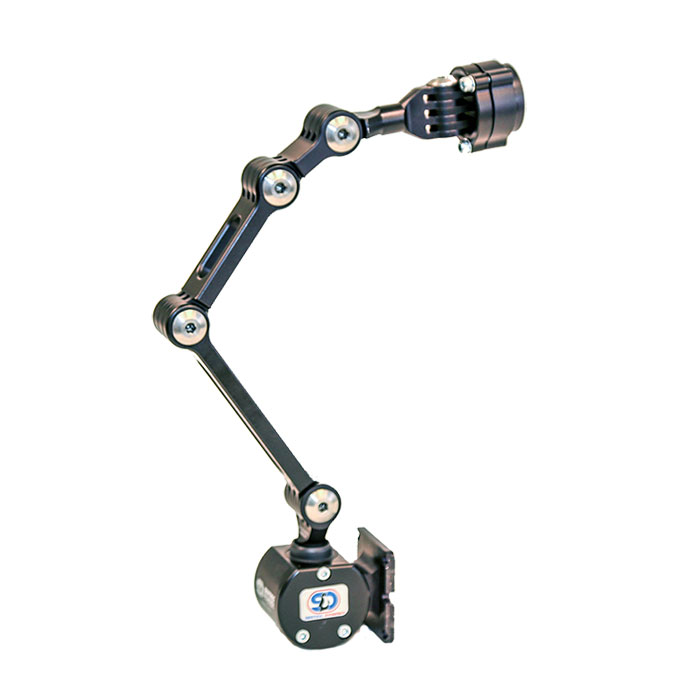

Michelle, I evaluated a 13 yr old last week and in doing some research saw your report on Amber. My pt reminds me very much of her. Came in with almost every component on her w/c broken.
Is the dynamic system durable over time? Should I look at a molded seat and back to go with it which I had talked about with the mom?
Thanks
Lynn
Lynn, thanks for your comment and questions. Dynamic Seating durability is critical, as many clients like Amber have already broken static components. The Seating Dynamics components are quite durable. Check out this blog for more information: http://www.seatingdynamics.com/2017/09/27/will-client-break-dynamic-seating/. I use the Dynamic Rocker Back with molded seating frequently. The seat and back must move independent of one another. For more information, here is another blog on this topic: http://www.seatingdynamics.com/2016/12/19/oil-water-molded-backs-dynamic-seating-mix/. Thanks! Please let me know if you need any help! Michelle
Is there increased shearing forces with this type of backrest or do the shearing forces actually decreased based on the support surface moving with the wheelchair users body?
Ruth, thanks for your comment. You are absolutely correct, shear is actually reduced as the client is more likely to remain in alignment with the support surfaces when using the Dynamic Rocker Back interface. We have some further information on shear here: https://www.seatingdynamics.com/category/dynamic-seating-and-shear/. The Position Paper on the Application of Dynamic Seating also addresses shear here https://www.seatingdynamics.com/2021/01/15/resna-position-on-the-application-of-dynamic-seating/. If you have further questions, please let me know, we are happy to help!